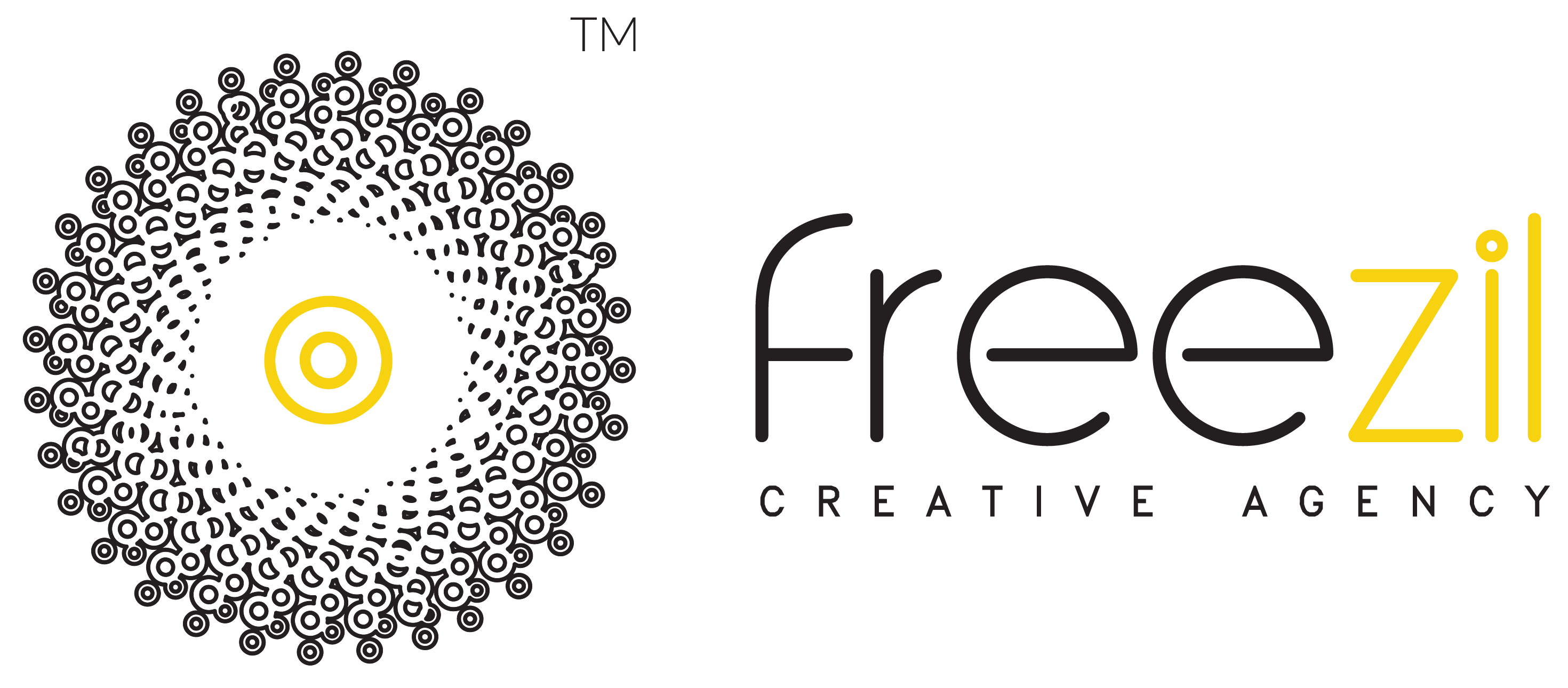
Back To Blogs
The Biggest Mistakes in Bilingual UI/UX Design
The Biggest Mistakes in Bilingual UI/UX Design
Some common pitfalls we see in poorly designed bilingual websites and apps:
-
Mirroring without strategy – Simply flipping the layout without rethinking flow
-
Font mismatches – Using Arabic fonts that don’t align stylistically with English ones
-
Poor language toggle UX – Users lose their place or context when switching languages
-
Overlooked cultural cues – Color, imagery, or symbols that don’t translate well
-
Content layout chaos – Misaligned headlines, overlapping buttons, or cut-off text
These errors not only frustrate users — they damage your brand’s image and trustworthiness.
Our Best Practices for Bilingual UI/UX Success
At Freezil, we follow a proven strategy to ensure your Arabic and English platforms both perform equally well:
1. Design Two Systems, Not One
We create two parallel layouts: one for Arabic (RTL) and one for English (LTR). Each respects native reading patterns, visual hierarchy, and spacing logic — instead of simply flipping one version.
2. Choose Font Pairs That Harmonize
Arabic and English typefaces should match in personality, weight, and legibility. We select fonts that feel cohesive across both languages, while ensuring they render clearly on all devices.
3. Culturally-Appropriate Visuals
What works visually in one culture may not in another. We carefully select or adapt icons, illustrations, and imagery to avoid confusion or misrepresentation in either language.
4. Smart Language Toggle UX
We implement persistent, accessible language toggles that allow users to switch without restarting a session or losing their place. We also ensure that deep-linked pages open in the correct language version.
5. Test With Native Speakers
We involve both Arabic and English-speaking users in the testing phase to catch linguistic and layout issues early, ensuring both versions feel “right.”
What We Build at Freezil
Our team designs bilingual interfaces for:
-
Government websites & service platforms
-
E-learning platforms and school portals
-
Corporate websites and investor dashboards
-
Mobile apps (iOS & Android)
-
Landing pages and campaign microsites
-
E-commerce experiences for local markets
We use tools like Figma, Adobe XD, and Webflow, and develop using responsive frameworks that adapt to devices and languages with ease.
Final Thoughts
Great design speaks the user’s language — literally and culturally. In Qatar, that means building with Arabic and English in mind from day one, not as an afterthought.
At Freezil, we don’t just translate interfaces — we design experiences that work beautifully for every user. With bilingual UX, you don’t have to compromise — you can connect with everyone.
📧 Let’s build a better, bilingual digital world. Contact us at info@freezil.com or visit Freezil.com to get started.
Start The Project
Thanks for your interest in working with us. Please complete the details below and we’ll get back to you within one business day.



